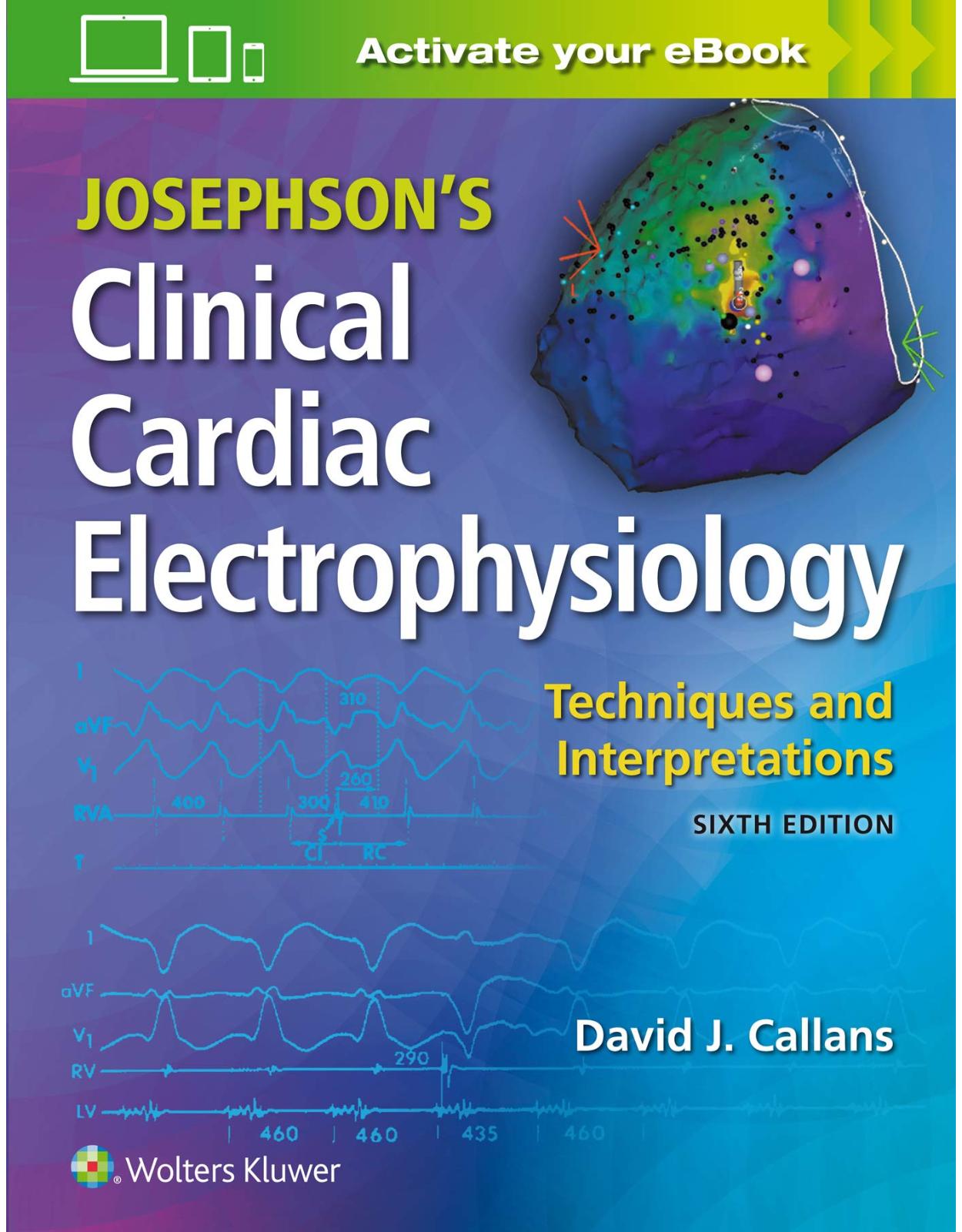
Josephson’s Clinical Cardiac Electrophysiology: Techniques and Interpretations
Produs indisponibil momentan. Pentru comenzi va rugam trimiteti mail la adresa depozit2@prior.ro sau contactati-ne la numarul de telefon 021 210 89 28 Vedeti mai jos alte produse similare disponibile.
Disponibilitate: Acest produs nu este momentan in stoc
Autor: Dr. David Callans
Editura: LWW
Limba: Engleza
Nr. pagini: 850
Coperta: Hardcover
Dimensiuni: 22.1 x 3.3 x 28.19 cm
An aparitie: 25 Aug. 2020
Description:
Widely known as the premier electrophysiology text, Josephson’s Clinical Cardiac Electrophysiology provides a thorough understanding of the mechanisms of cardiac arrhythmias and the therapeutic interventions used to treat them. Dr. David J. Callans, personally chosen and trained by Dr. Mark Josephson, continues the tradition of excellence of previous editions while bringing the text fully up to date in every area of this complex field. The sixth edition provides highly visual guidance on the electrophysiologic methodology required to define the mechanism and site of origin of arrhythmia – enabling you to choose the safest and most effective therapy for each patient.
Enrich Your Digital Reading Experience
Read directly on your preferred device(s), such as computer, tablet, or smartphone.
Easily convert to audiobook, powering your content with natural language text-to-speech.
Table of Contents:
1. Chapter 1 General Principles and Techniques of Electrophysiologic Investigation
2. THE ELECTROPHYSIOLOGY LABORATORY
3. Personnel
4. INTRACARDIAC SIGNAL RECORDING AND INTERPRETATION
5. Equipment
6. CARDIAC CATHETERIZATION TECHNIQUE
7. Right Atrium
8. Left Atrium
9. Right Ventricle
10. Left Ventricle
11. His Bundle Electrogram
12. RISKS AND COMPLICATIONS
13. Significant Hemorrhage
14. Thromboembolism
15. Phlebitis
16. Arrhythmias
17. Complications of Left Ventricular Studies
18. Pericardial Effusion/Tamponade
19. INTERPRETATION OF ELECTROPHYSIOLOGY STUDIES
20. General Concepts
21. MEASUREMENT OF CONDUCTION INTERVALS
22. His Bundle Electrogram
23. Assessment of “H”-V Interval
24. Establishing Relationship of the His Bundle Deflection to Other Electrograms: Role of Catheter Position
25. Simultaneous Left-Sided and Right-Sided Recordings
26. His Bundle Pacing
27. A-H Interval
28. H-V Interval
29. Intra-Atrial Conduction
30. Intraventricular Conduction
31. DESCRIPTION OF ELECTROGRAMS
32. Descriptive Characteristics
33. Quantitative Characteristics
34. Left Ventricular Endocardial Activation
35. PROGRAMMED STIMULATION
36. Incremental Pacing
37. Refractory Periods
38. Patterns of Response to Atrial Extrastimuli
39. Patterns of Response to Ventricular Extrastimuli
40. Safety of Ventricular Stimulation
41. Comparison of Antegrade and Retrograde Conduction
42. Chapter 2 Sinus Node Function
43. ELECTROCARDIOGRAPHIC FEATURES OF SINUS NODE DYSFUNCTION
44. Sinus Bradycardia
45. Sinoatrial Block and Sinus Arrest
46. Bradycardia-Tachycardia Syndrome
47. ELECTROCARDIOGRAPHIC MONITORING OF PATIENTS SUSPECTED OF HAVING SINUS NODE DYSFUNCTION
48. ASSESSMENT OF AUTONOMIC TONE
49. ELECTROPHYSIOLOGIC EVALUATION OF SINUS NODE FUNCTION
50. Sinoatrial Conduction Time
51. Sinus Node Electrogram
52. Sinoatrial Conduction Time in Patients With Sick Sinus Syndrome
53. Sinus Node Recovery Time
54. Effect of Atropine and Autonomic Blockade on Sinus Node Recovery Time in Normal Persons
55. Results of Sinus Node Testing in Patients Suspected of Having Sinus Node Dysfunction
56. EFFECT OF DRUGS ON SINUS NODE RECOVERY TIME AND SINOATRIAL CONDUCTION TIME
57. Digoxin
58. Propranolol
59. Calcium Channel Antagonists
60. Antiarrhythmic Agents
61. VAGAL HYPERSENSITIVITY (NEUROCIRCULATORY) SYNDROMES
62. THERAPEUTIC IMPLICATIONS
63. Chapter 3 Atrioventricular Conduction
64. ATRIUM
65. ATRIOVENTRICULAR NODE
66. HIS BUNDLE
67. INFRA-HIS CONDUCTION SYSTEM
68. PAROXYSMAL A-V BLOCK
69. VALUE OF INTRACARDIAC STUDIES IN THE EVALUATION OF A-V CONDUCTION DISTURBANCES
70. SUPPRESSION OF A-V CONDUCTION BY VENTRICULAR STIMULATION
71. THERAPEUTIC CONSIDERATIONS
72. Chapter 4 Intraventricular Conduction Disturbances
73. DEFINITIONS
74. SITE OF “BLOCK” OR CONDUCTION DELAY DURING BUNDLE BRANCH BLOCK
75. Chronic Right Bundle Branch Block
76. Left Bundle Branch Block
77. Transient Bundle Branch Block
78. CLINICAL RELEVANCE OF INTRAVENTRICULAR CONDUCTION DISTURBANCES
79. Role of Electrophysiologic Studies in Predicting Risk of Heart Block
80. Methods to Identify Patients at Risk of Developing A-V Block
81. Alternating Bundle Branch Block
82. Syncope and Sudden Death in Patients With Bundle Branch Block
83. THERAPEUTIC IMPLICATIONS
84. Chapter 5 Miscellaneous Phenomena Related to Atrioventricular Conduction
85. CONCEALED CONDUCTION
86. GAP PHENOMENON
87. SUPERNORMAL CONDUCTION
88. Chapter 6 Ectopic Rhythms and Premature Depolarizations
89. ATRIAL DEPOLARIZATIONS
90. JUNCTIONAL (HIS BUNDLE OR A-V NODAL) DEPOLARIZATIONS
91. FASCICULAR DEPOLARIZATIONS
92. VENTRICULAR DEPOLARIZATIONS
93. Chapter 7 Supraventricular Tachycardias
94. MECHANISMS OF SUPRAVENTRICULAR TACHYCARDIA
95. METHODS OF EVALUATION
96. SUPRAVENTRICULAR TACHYCARDIA RESULTING FROM ATRIOVENTRICULAR NODAL REENTRY
97. Mechanisms of Initiation of Atrioventricular Nodal Reentry
98. Determinants for the Induction of Atrioventricular Nodal Reentry
99. Atrial Activation Sequence and the P–QRS Relationship During Supraventricular Tachycardia
100. Effect of Bundle Branch Block During Atrioventricular Nodal Reentrant Supraventricular Tachycardia
101. Requirement of the Atrium and Ventricle
102. SUPRAVENTRICULAR TACHYCARDIA RESULTING FROM CONCEALED ATRIOVENTRICULAR BYPASS TRACTS
103. Mechanism of Initiation
104. Effects of Pharmacologic and Physiologic Maneuvers During Supraventricular Tachycardia
105. SUPRAVENTRICULAR TACHYCARDIA RESULTING FROM INTRA-ATRIAL OR SINUS NODE REENTRY
106. AUTOMATIC ATRIAL TACHYCARDIA
107. ATRIAL TACHYCARDIA DUE TO TRIGGERED ACTIVITY
108. DISTINGUISHING ATRIAL TACHYCARDIA FROM AVNRT AND AVRT
109. MULTIPLE SVT MECHANISMS IN INDIVIDUAL PATIENTS
110. OVERVIEW
111. Chapter 8 Atrial Fibrillation and Atrial Flutter
112. ELECTROPHYSIOLOGIC AND ANATOMIC SUBSTRATES OF MACROREENTRANT ATRIAL TACHYCARDIA AND FIBRILLATION
113. Conduction Defects in Patients With Atrial Fibrillation and Flutter
114. Atrial Refractoriness
115. Atrial Vulnerability
116. Modern Studies of the Electrophysiologic and Anatomic Substrate of Atrial Fibrillation
117. ELECTROPHYSIOLOGIC MECHANISMS OF ATRIAL FIBRILLATION
118. Mapping During Atrial Fibrillation
119. Stimulation During Atrial Fibrillation
120. Relationship Between Atrial Flutter and Fibrillation
121. ELECTROPHYSIOLOGIC MECHANISMS OF ATRIAL FLUTTER
122. Induction of Atrial Flutter
123. Characterization of the Reentrant Circuit in Atrial Flutter
124. Termination of Atrial Flutter
125. Effects of Pharmacologic Agents on Reentrant Atrial Flutter
126. Atrioventricular Conduction During Flutter
127. SUMMARY
128. Chapter 9 Preexcitation Syndromes
129. ATRIOVENTRICULAR BYPASS TRACTS
130. ELECTROPHYSIOLOGIC PROPERTIES OF A-V BYPASS TRACTS
131. ELECTROPHYSIOLOGIC EVALUATION IN PATIENTS WITH WOLFF–PARKINSON–WHITE SYNDROME
132. Diagnosis of an A-V Bypass Tract
133. MODE OF INITIATION OF TACHYCARDIAS
134. ORTHODROMIC TACHYCARDIA
135. PREEXCITED TACHYCARDIAS
136. ATRIAL FIBRILLATION
137. LOCALIZATION OF THE BYPASS TRACT
138. RELATION OF LOCAL VENTRICULAR ELECTROGRAMS TO DELTA WAVE
139. PACING FROM MULTIPLE ATRIAL SITES
140. RETROGRADE ATRIAL ACTIVATION
141. EFFECT OF BUNDLE BRANCH BLOCK DURING ORTHODROMIC TACHYCARDIA
142. DIRECT RECORDING OF BYPASS TRACT POTENTIALS
143. ROLE OF THE BYPASS TRACT IN GENESIS OF ARRHYTHMIAS
144. DETERMINATION OF THE ANTEGRADE REFRACTORY PERIOD OF THE BYPASS TRACT
145. INTERMITTENT PREEXCITATION
146. EFFECT OF ANTIARRHYTHMIC AGENTS ON PREEXCITATION
147. EXERCISE TESTING IN WOLFF–PARKINSON–WHITE SYNDROME
148. DETERMINATION OF THE ANTEGRADE REFRACTORY PERIOD OF THE BYPASS TRACT BY PROGRAMMED STIMULATION
149. TERMINATION OF ORTHODROMIC TACHYCARDIA
150. MULTIPLE BYPASS TRACTS
151. ATRIOVENTRICULAR NODAL “BYPASS TRACTS”—THE LOWN–GANONG–LEVINE SYNDROME
152. Electrophysiologic Properties
153. Atrial Pacing
154. Response to Atrial Premature Depolarizations
155. Ventriculoatrial Conduction
156. Response to Pharmacologic and Physiologic Maneuvers
157. Role of the Bypass Tract in Arrhythmias
158. Therapeutic Implications
159. ACCESSORY PATHWAYS WITH ANTEROGRADE DECREMENTAL CONDUCTION AND FASCICULOVENTRICULAR PATHWAYS
160. Slowly Conducting Accessory Pathways
161. Electrophysiologic Manifestations
162. Atriofascicular and Long Atrioventricular Bypass Tracts
163. Short Slowly Conducting Atrioventricular Bypass Tracts
164. Nodofascicular and Nodoventricular Bypass Tracts
165. Tachycardias Associated With Atriofascicular, Slowly Conducting A-V, Nodofascicular, and Nodoventricular Bypass Tracts
166. Therapeutic Implications
167. Fasciculoventricular Bypass Tracts
168. Chapter 10 Recurrent Ventricular Tachycardia
169. DEFINITIONS OF VENTRICULAR TACHYCARDIAS
170. Morphology
171. Duration
172. CLASSIFICATION OF VENTRICULAR TACHYCARDIA QRS COMPLEXES
173. DIAGNOSIS OF VENTRICULAR TACHYCARDIA
174. Use of His Bundle Recordings in Diagnosing Ventricular Tachycardia
175. PATHOPHYSIOLOGIC SUBSTRATE FOR VENTRICULAR TACHYARRHYTHMIAS
176. Anatomic Substrate
177. Electrophysiologic Substrate
178. MECHANISMS OF VENTRICULAR TACHYCARDIA
179. Initiation of Ventricular Tachycardias
180. Initiation of Sustained Uniform Ventricular Tachycardia
181. Initiation of Polymorphic Ventricular Tachycardia–Ventricular Fibrillation
182. Initiation of Monomorphic Nonsustained Ventricular Tachycardia
183. Response of Sustained Uniform Ventricular Tachycardia to Stimulation
184. Protocol for Stimulation During Sustained VT
185. Response of Ventricular Tachycardia to Overdrive Pacing—Continuous Resetting (Entrainment)
186. EFFECT OF DRUGS ON VENTRICULAR TACHYCARDIA
187. LOCALIZATION OF THE SITE OF ORIGIN OF VENTRICULAR TACHYCARDIA
188. General Methods of Catheter Mapping
189. Relationship of Mapping Data to Heart Disease
190. Sinus Rhythm Mapping
191. Relationship of QRS Morphologies to Sites of Origin of Tachycardias
192. Role of Pace Mapping in Determining the Site of Origin of Ventricular Tachycardia
193. VENTRICULAR STIMULATION IN MISCELLANEOUS DISORDERS
194. Chapter 11 Catheter and Surgical Ablation in the Therapy of Arrhythmias
195. BIOPHYSICS OF CURRENT ABLATION TECHNIQUES
196. Direct Current Ablation
197. Irreversible Electroporation (Pulsed Electrical Field Ablation)
198. Radiofrequency Energy
199. Novel Concepts in RF ablation
200. Laser Ablation
201. Cryoablation
202. Ultrasound
203. CONTROL OF SUPRAVENTRICULAR ARRHYTHMIAS BY ABLATIVE TECHNIQUES
204. Ablation of Atrioventricular Bypass Tracts and Variants of Preexcitation
205. Localization of Bypass Tracts
206. Catheter Ablation of Bypass Tracts
207. Ablation of Preexcitation Variants
208. Complications of Procedures
209. Ablation of the A-V Junction for Ventricular Rate Control During Atrial Tachyarrhythmias
210. Catheter Ablation Techniques to Treat A-V Nodal Tachycardia
211. SURGICAL AND CATHETER ABLATION TECHNIQUES TO MANAGE OTHER ATRIAL ARRHYTHMIAS
212. Ablation of Atrial Tachycardia
213. Ablation of Typical Atrial Flutter and Other Macroreentrant Atrial Arrhythmias
214. SURGICAL AND CATHETER-BASED ABLATIVE TECHNIQUES FOR TREATMENT OF ATRIAL FIBRILLATION
215. Role of Linear Lesions to the Atrial Roof and/or Mitral Annulus
216. Ablation of Complex Fractionated Electrograms
217. Stepwise Ablation (Ablation to Termination of Persistent AF)
218. Additional Ablation After PVI
219. Surgical Ablation of Atrial Fibrillation
220. CONTROL OF VENTRICULAR ARRHYTHMIAS BY ABLATIVE TECHNIQUES
221. Role of the ECG in Localization of Tachycardias
222. Mapping Techniques for Ventricular Tachycardia
223. Catheter Ablation of Ventricular Tachycardia Associated With Coronary Artery Disease
224. Role of Catheter Ablation in the Treatment of Ventricular Tachycardia Associated With Nonischemic Left Ventricular Cardiomyopathy
225. Role of Catheter Ablation in the Treatment of Ventricular Tachycardia Associated With Right Ventricular Cardiomyopathy
226. The Role of Catheter Mapping and Ablation of Idiopathic Ventricular Tachycardias
227. Catheter Ablation of Miscellaneous Ventricular Tachycardias
228. Intraoperative Mapping and Surgical Ablation of Ventricular Tachycardias
229. Intraoperative Mapping Techniques for Ventricular Tachycardia
230. Surgical Treatment for Ventricular Tachyarrhythmias
231. Results of Surgery
232. Ventricular Tachycardia Unassociated With Coronary Artery Disease
233. CONCLUSION
234. Index
| An aparitie | 25 Aug. 2020 |
| Autor | Dr. David Callans |
| Dimensiuni | 22.1 x 3.3 x 28.19 cm |
| Editura | LWW |
| Format | Hardcover |
| ISBN | 9781975115562 |
| Limba | Engleza |
| Nr pag | 850 |
| Versiune digitala | DA |

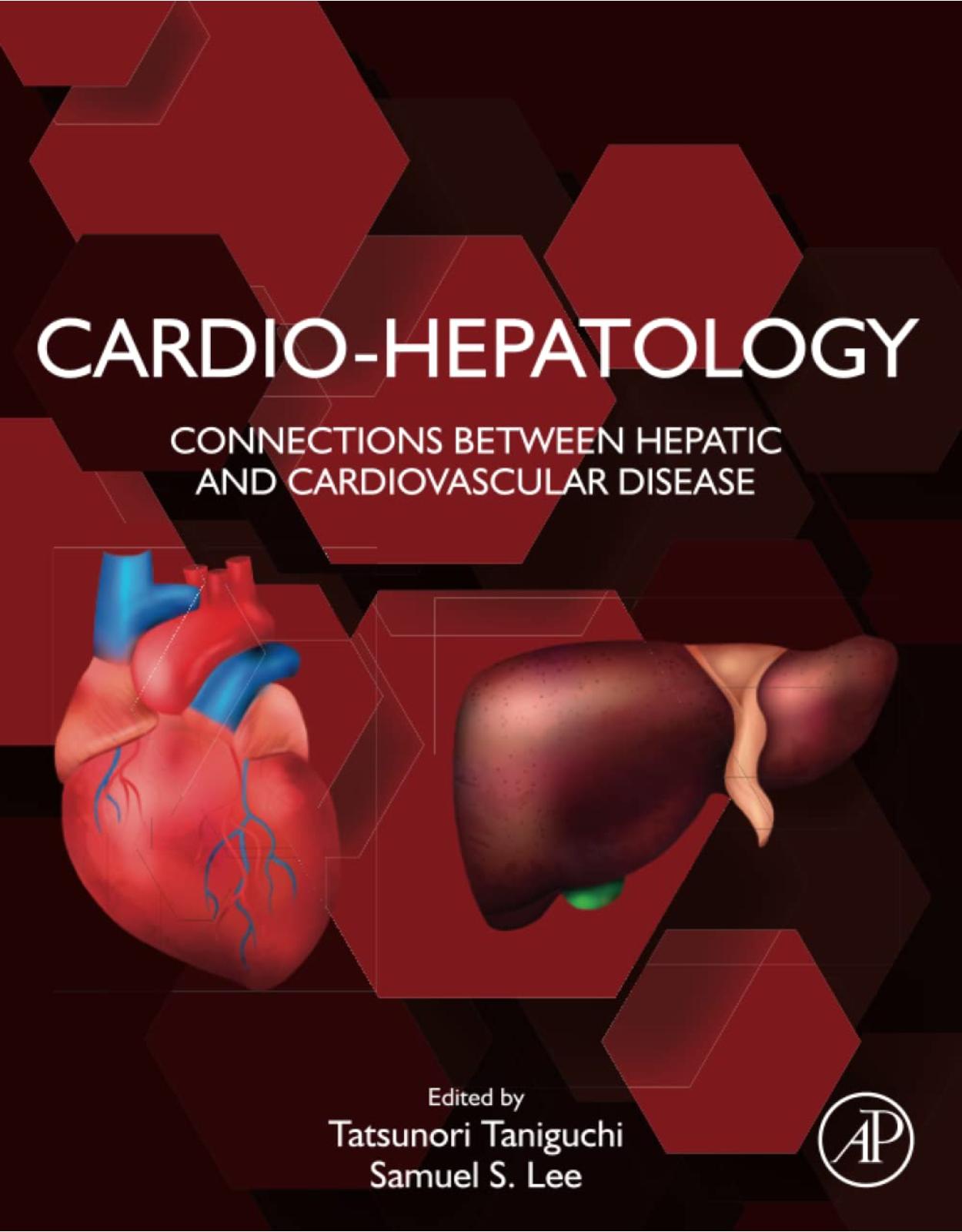
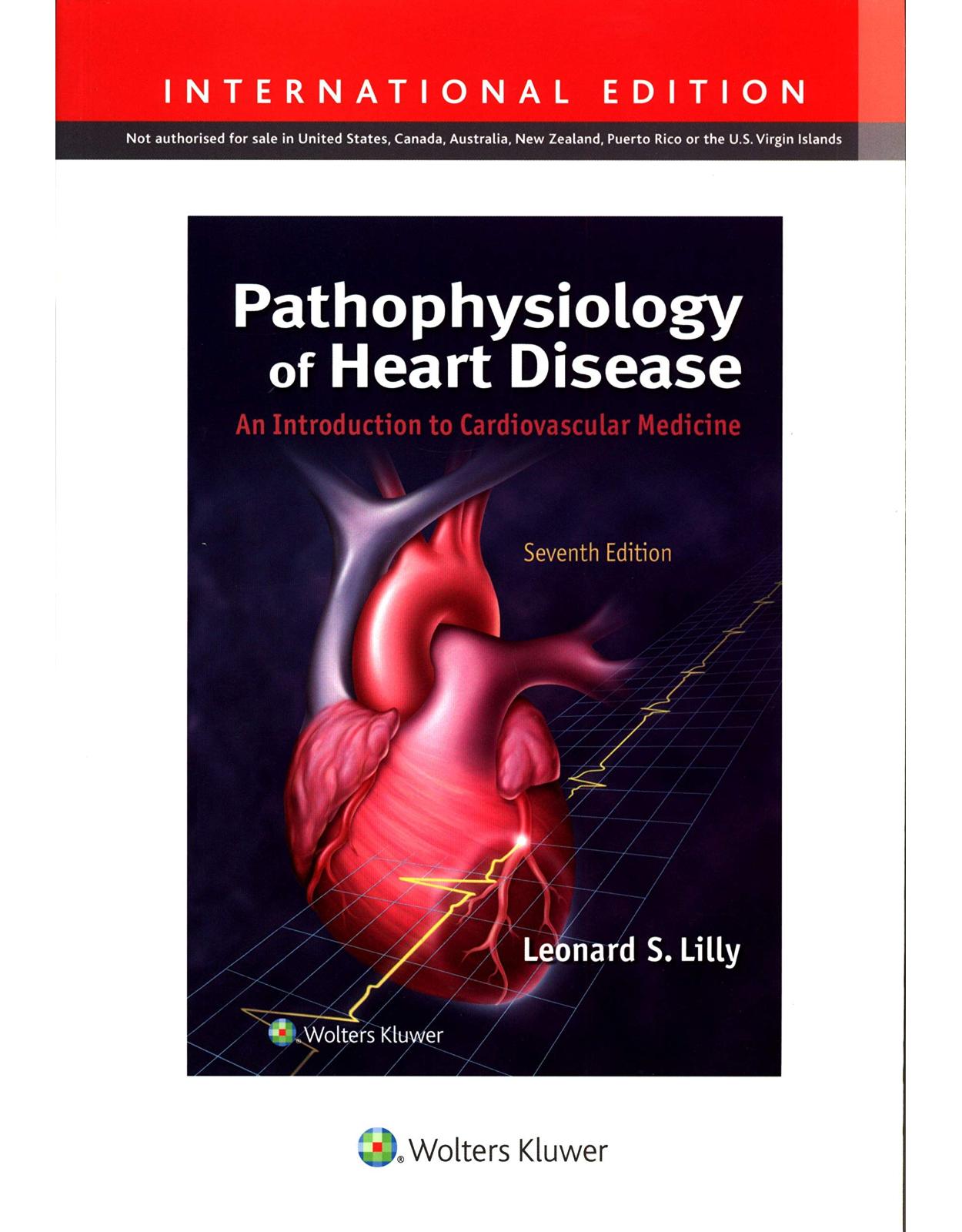
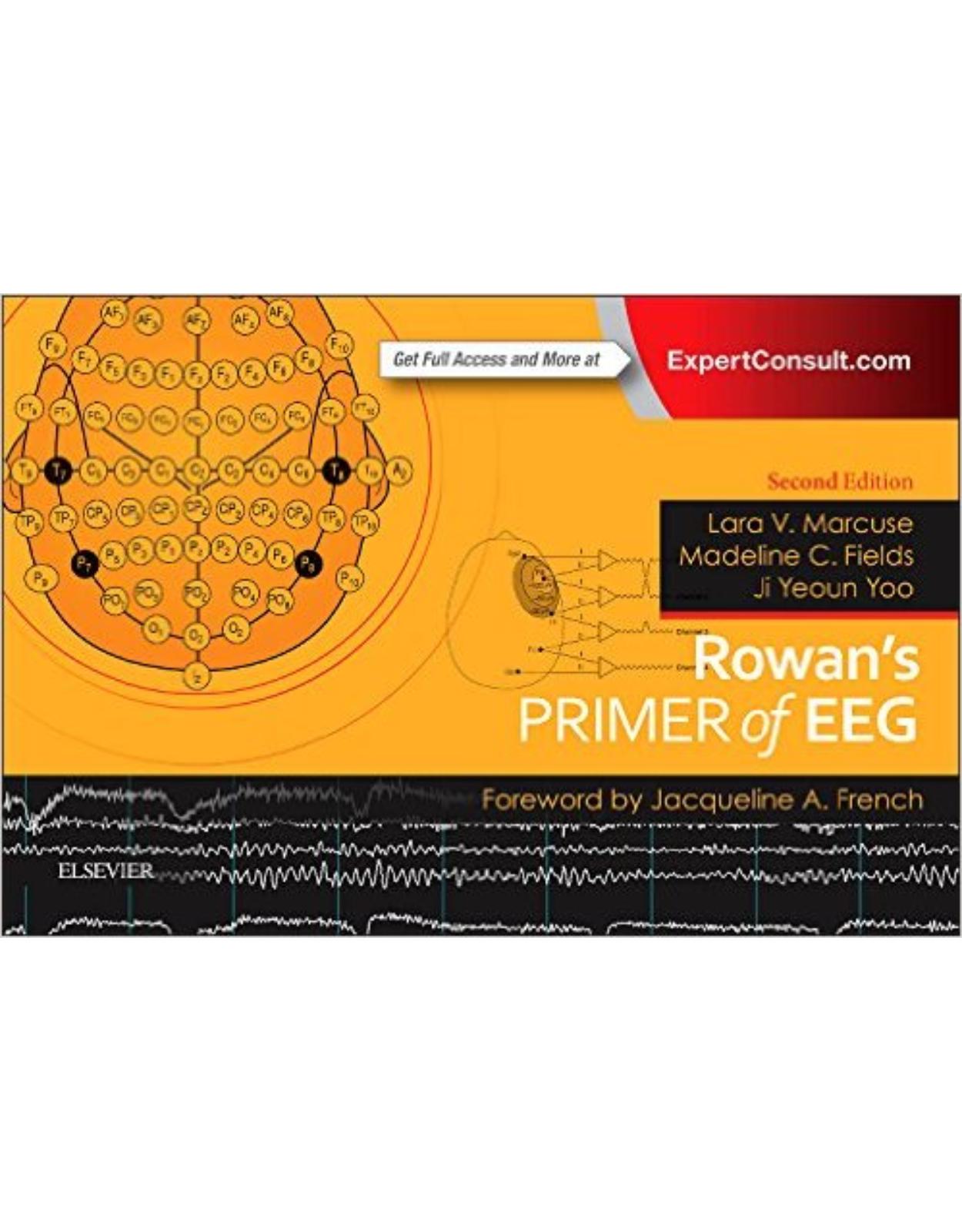
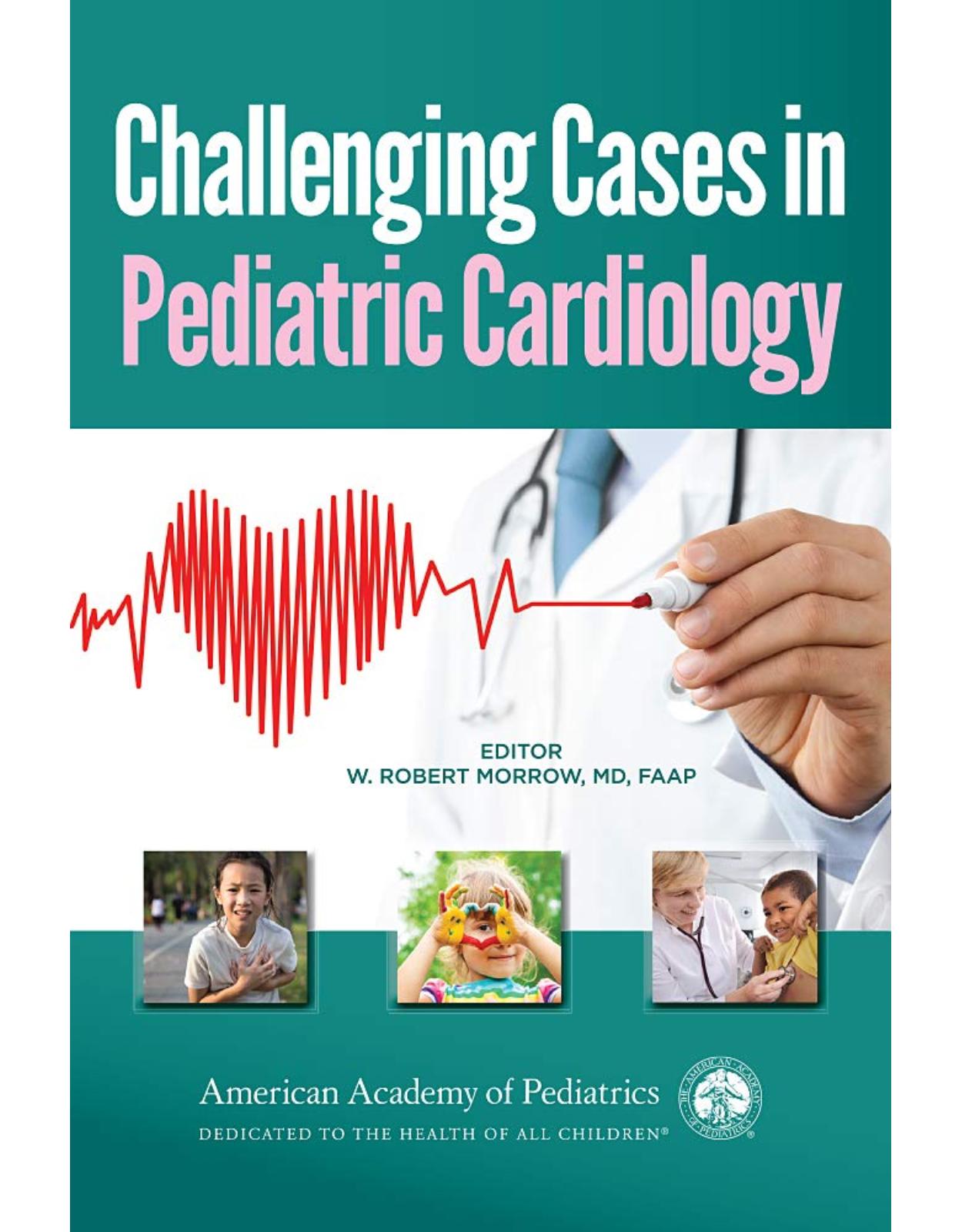
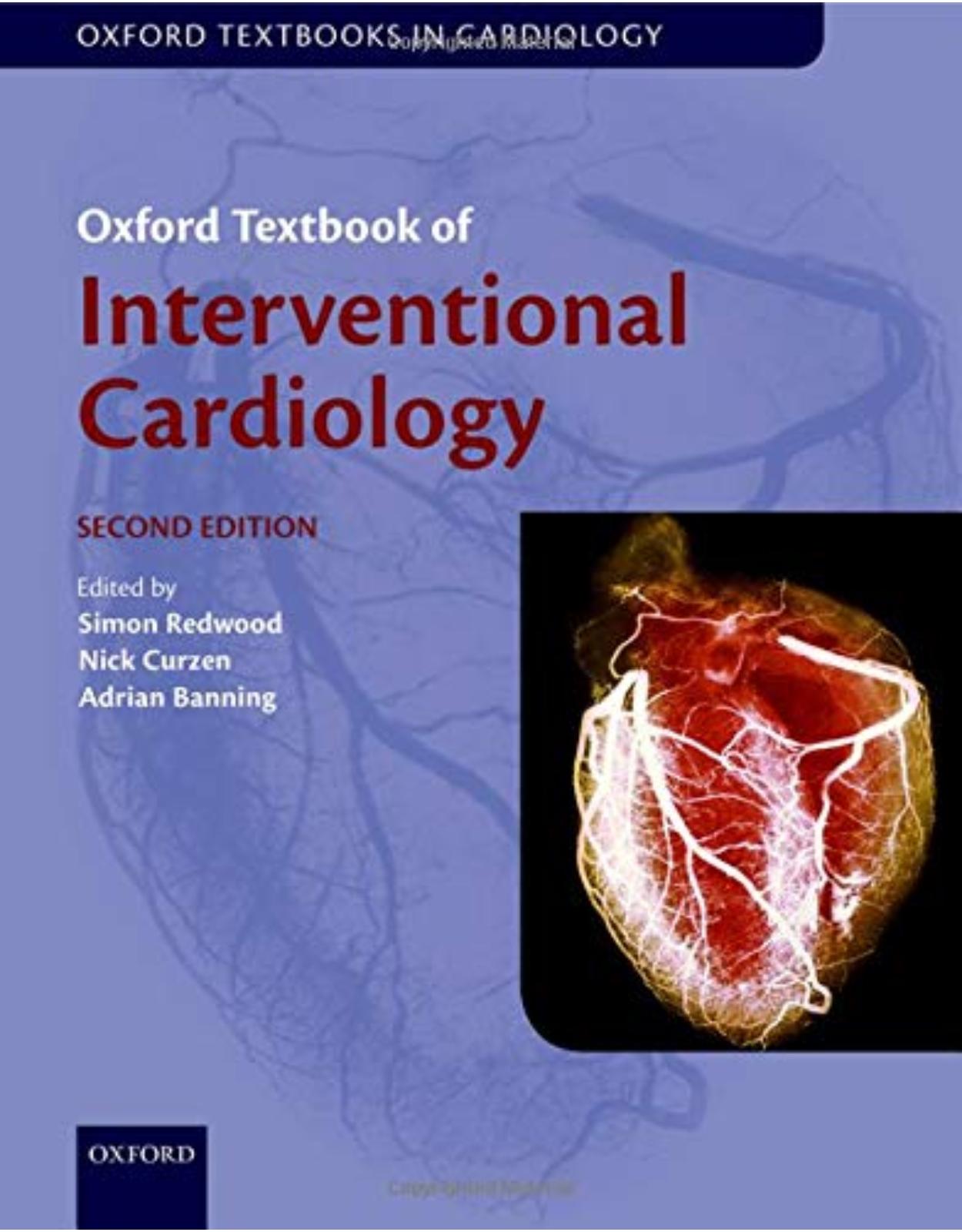
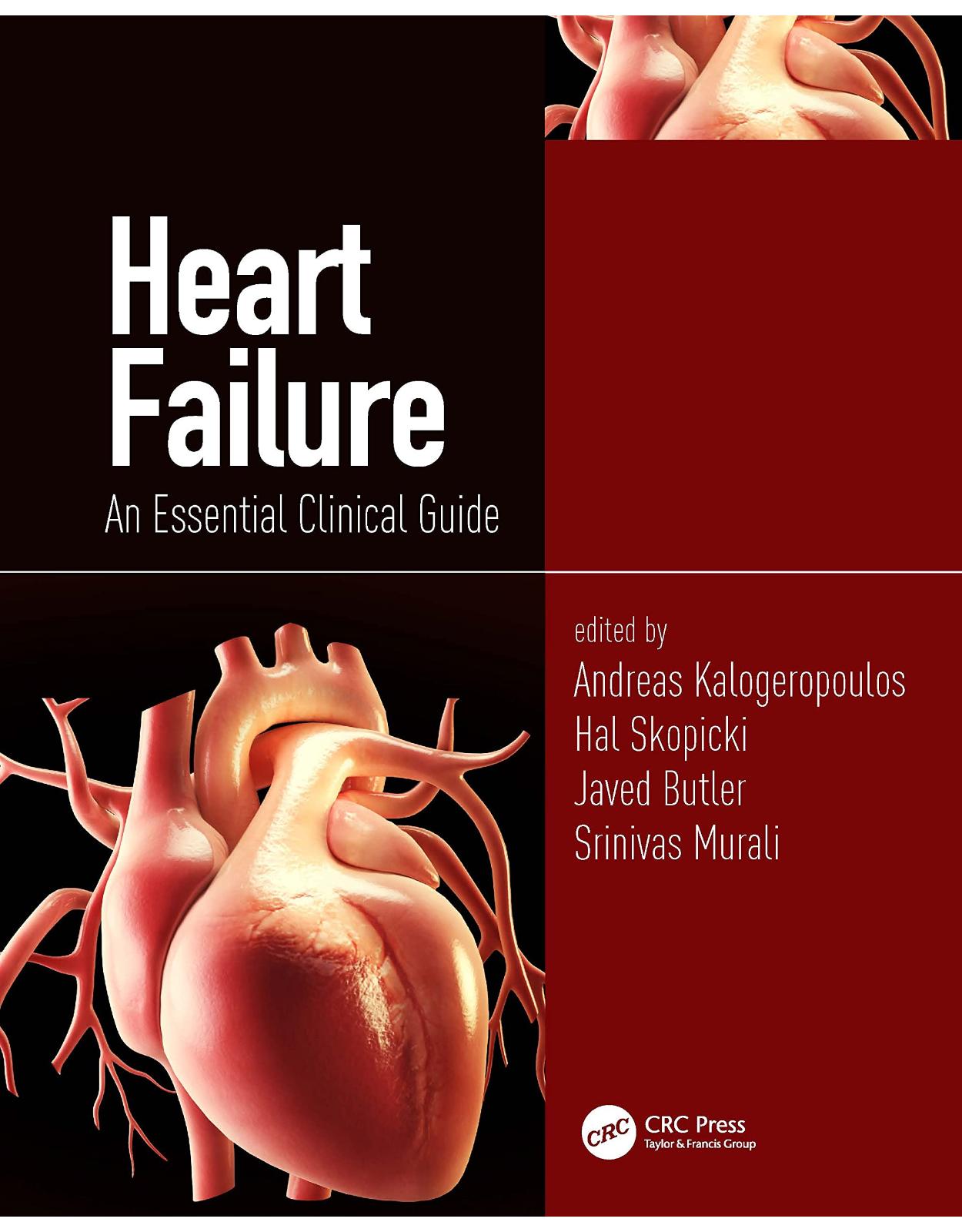
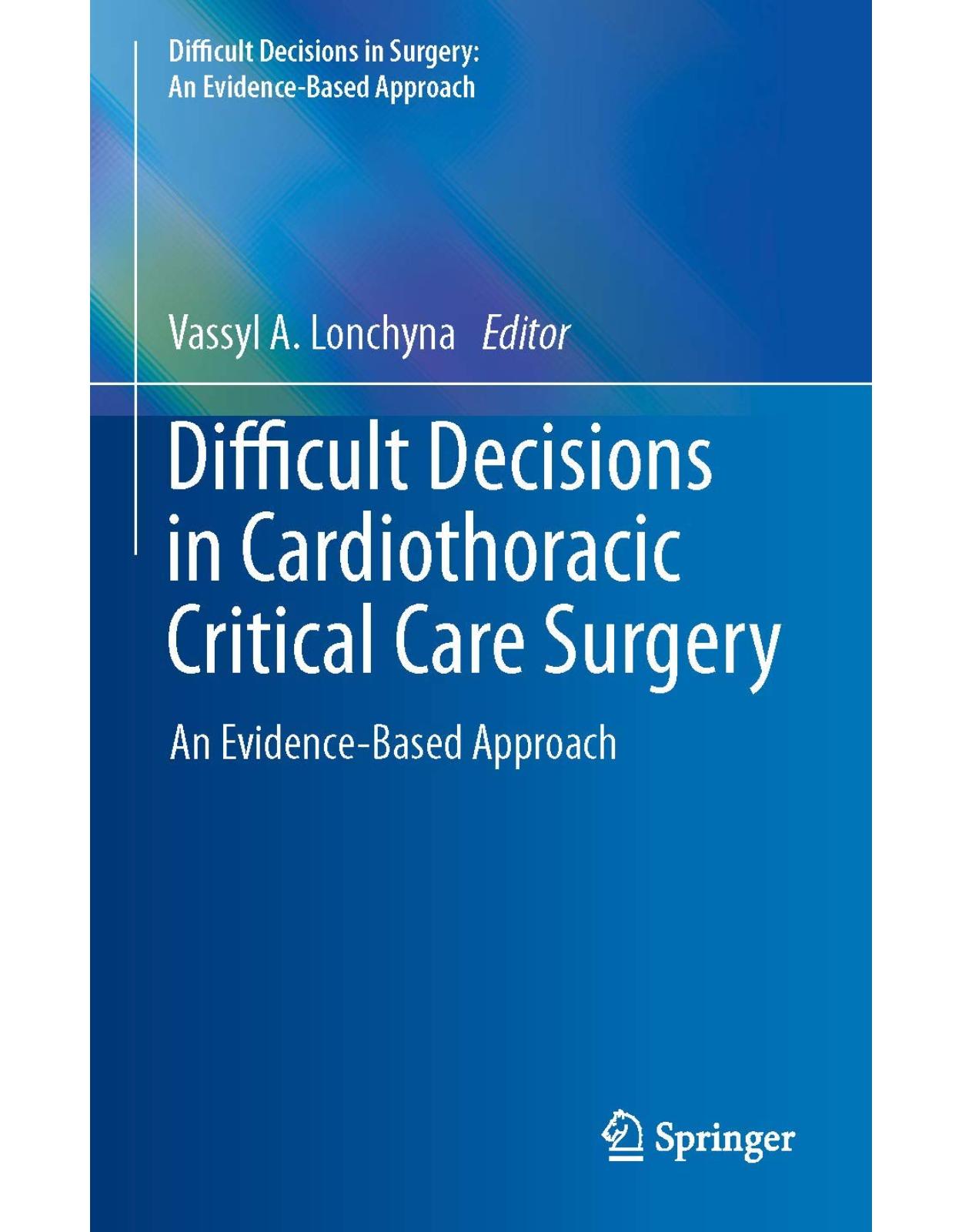
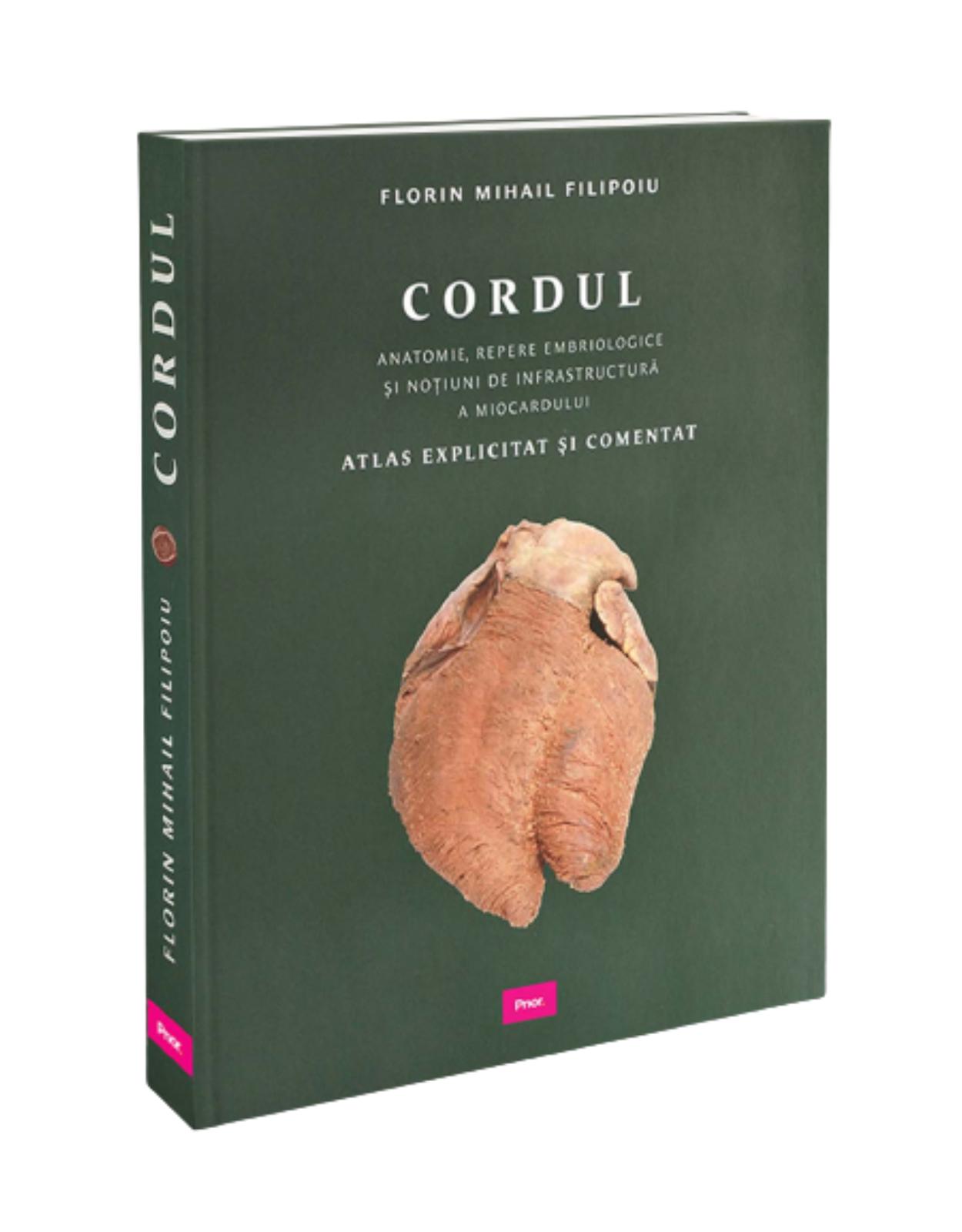
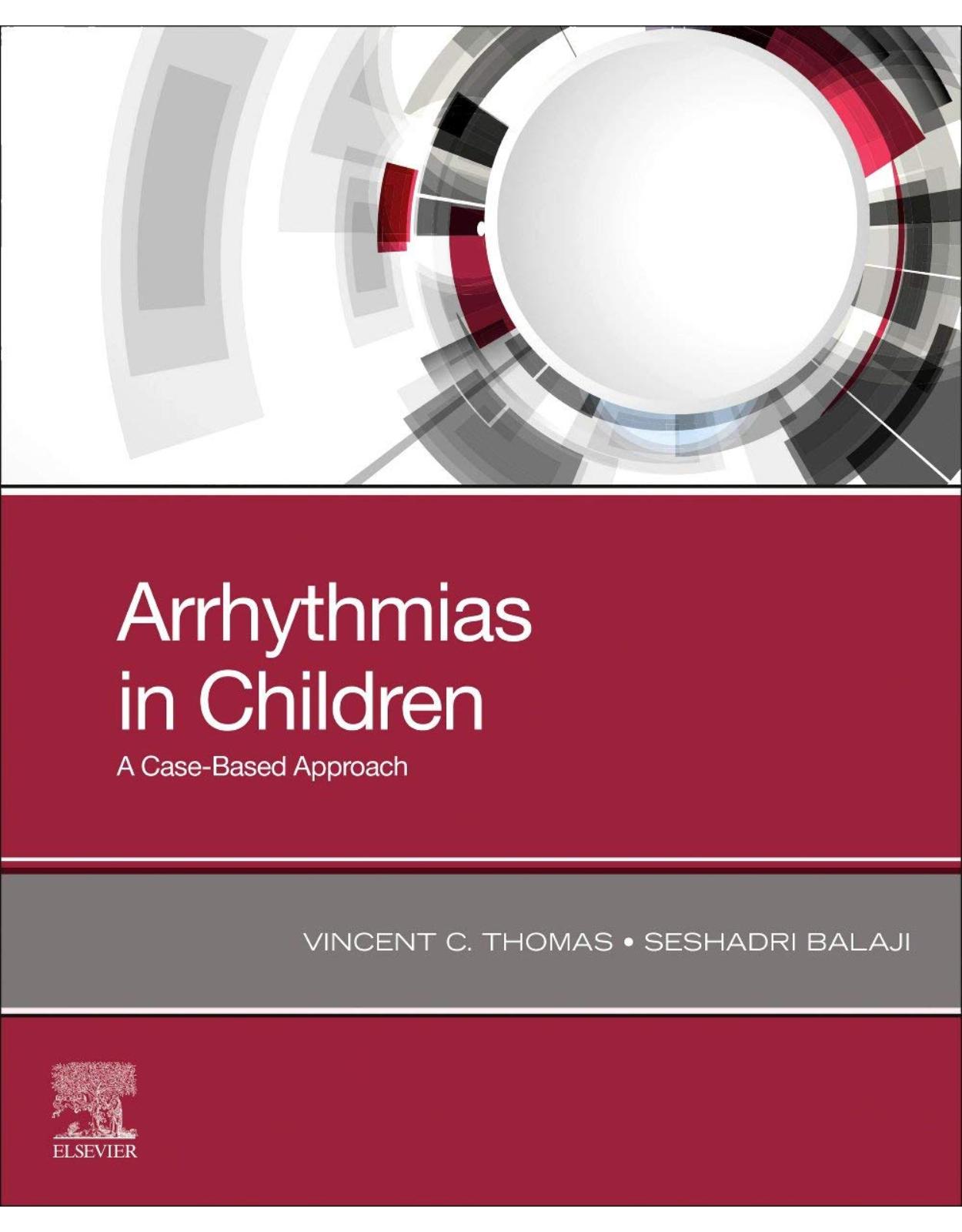
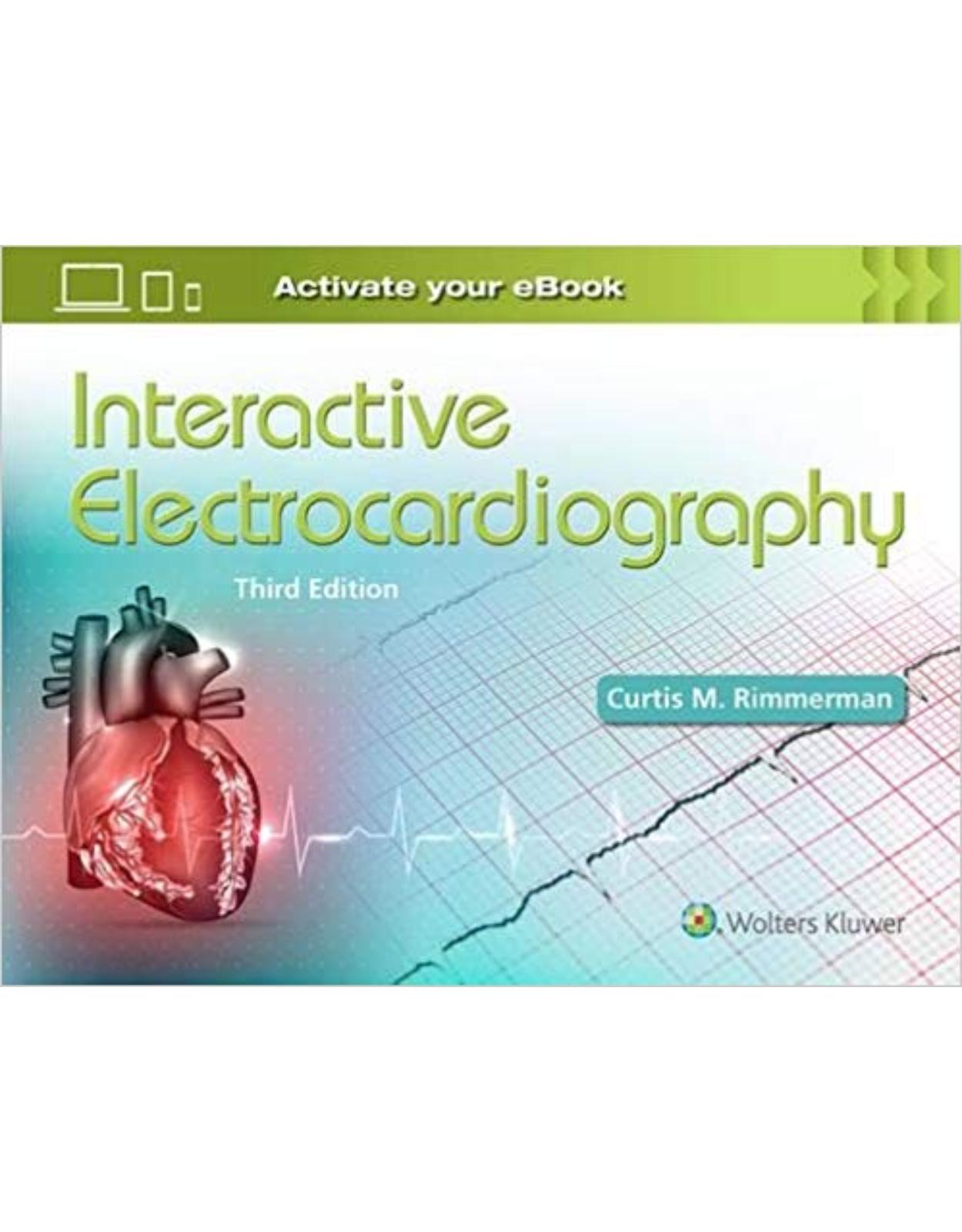
Clientii ebookshop.ro nu au adaugat inca opinii pentru acest produs. Fii primul care adauga o parere, folosind formularul de mai jos.